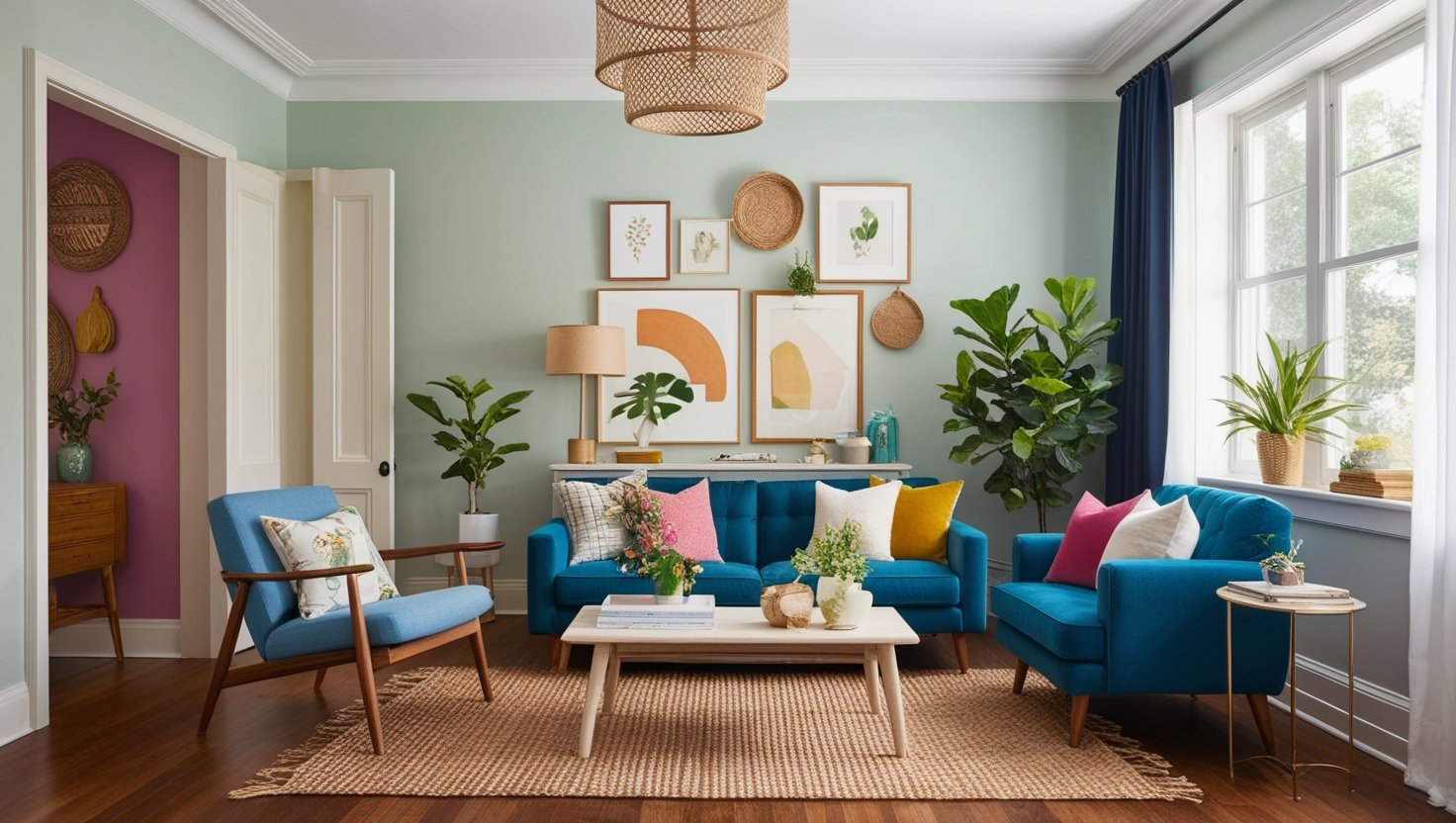Updating your home’s design doesn’t have to cost a fortune. With some creativity, effort, and a strategic approach, you can breathe new life into your space while staying within your budget. From furniture rearrangement to smart shopping tips, here are several ways to give your home a fresh look without emptying your wallet.
Start with a Plan
Before jumping into any home redesign, take time to plan. Assess each room to determine what changes you want to make. Write a list of must-have updates and pinpoint areas that require the most attention. A clear plan prevents spending on unnecessary items and helps you focus on priority changes.
Use What You Already Have
Sometimes the best redesigns come from using what you already own. Take a fresh look at your furniture, décor, and accessories. Rearrange items to give rooms a new feel. For instance:
- Move furniture away from walls to create a cozier atmosphere.
- Swap rugs, curtains, or throw pillows between rooms for variety.
- Display items like books, plants, or personal collections in creative ways.
Reorganizing your belongings not only saves money but can also make your space feel entirely new.
Focus on DIY Projects
Adding personal touches through do-it-yourself projects gives your home character while keeping costs low. Here are a few ideas:
- Paint Walls or Furniture: A fresh coat of paint can do wonders for walls, furniture, or even cabinets. Opt for neutral tones for versatility or bold hues for an accent wall.
- Create Artwork: Frame fabric swatches, dried flowers, or old photos to make affordable wall art.
- Renew Old Furniture: Sand and refinish wooden tables or reupholster chairs using budget-friendly materials.
DIY projects don’t just save you money but also give you the satisfaction of adding a personal touch to your home.
Shop Smartly
When new items are necessary, shop wisely to stretch your dollars. Consider these tips:
- Thrift and Secondhand Stores: You can find unique furniture and décor at a fraction of the retail price.
- Wait for Sales: Many stores offer seasonal discounts, so be patient and shop during sales for better deals.
- Look Online: Online marketplaces often list gently used household items for much less than store prices.
Remember, buying quality pieces secondhand is often better than cheaper new items that may not last long.
Light Up Your Space
Improved lighting can dramatically change how a room feels. Maximize natural light by rearranging furniture to allow unobstructed views of your windows. Consider adding floor or table lamps for layered lighting that enhances ambiance. And if you’re updating windows, professional window installation in Utah or elsewhere can ensure energy efficiency while improving aesthetics.
Declutter and Simplify
Minimal changes can have a big impact. Decluttering doesn’t cost a thing and often reveals the potential of your space. Get rid of items that no longer serve a purpose and organize the rest. A cleaner, more open area feels larger, brighter, and more inviting.
Add Greenery
Adding plants is one of the most affordable ways to update your home’s look. Plants can bring color, texture, and energy to any space. If you don’t have a green thumb, choose low-maintenance options like succulents or snake plants. Arrange them in creative pots or hang them for a modern touch.
Small Updates for Big Impact
Focus on small upgrades that transform rooms without major expenses:
- Replace Hardware: Updating cabinet knobs, drawer pulls, or door handles gives your furnishings a modern appeal.
- Change Fixtures: Switching light fixtures, faucets, or curtain rods can make old spaces feel new.
- Update Textiles: New throws, curtains, or rugs can refresh the look of a room instantly.
These quick fixes allow you to keep things under budget while still modernizing your home’s design.
Rearrange for Better Flow
Sometimes, simply rearranging furniture can create a more functional and visually appealing space. Move larger pieces like sofas and beds, then adjust smaller items for balance. Think about how you use each room, and organize furniture based on traffic flow and comfort.
Take Your Time
Lastly, redesigning on a budget is a gradual process. Avoid the temptation to rush and tackle each project one by one. Not only does this allow you to spread out costs, but it also enables you to make more thoughtful decisions about your home’s design.
Conclusion
Redesigning your home doesn’t have to break the bank. By rethinking what you already have, exploring DIY projects, and shopping smart, you can create a space that’s both functional and beautiful. With careful planning and small changes that pack a punch, you can achieve a stylish home transformation without overspending.
